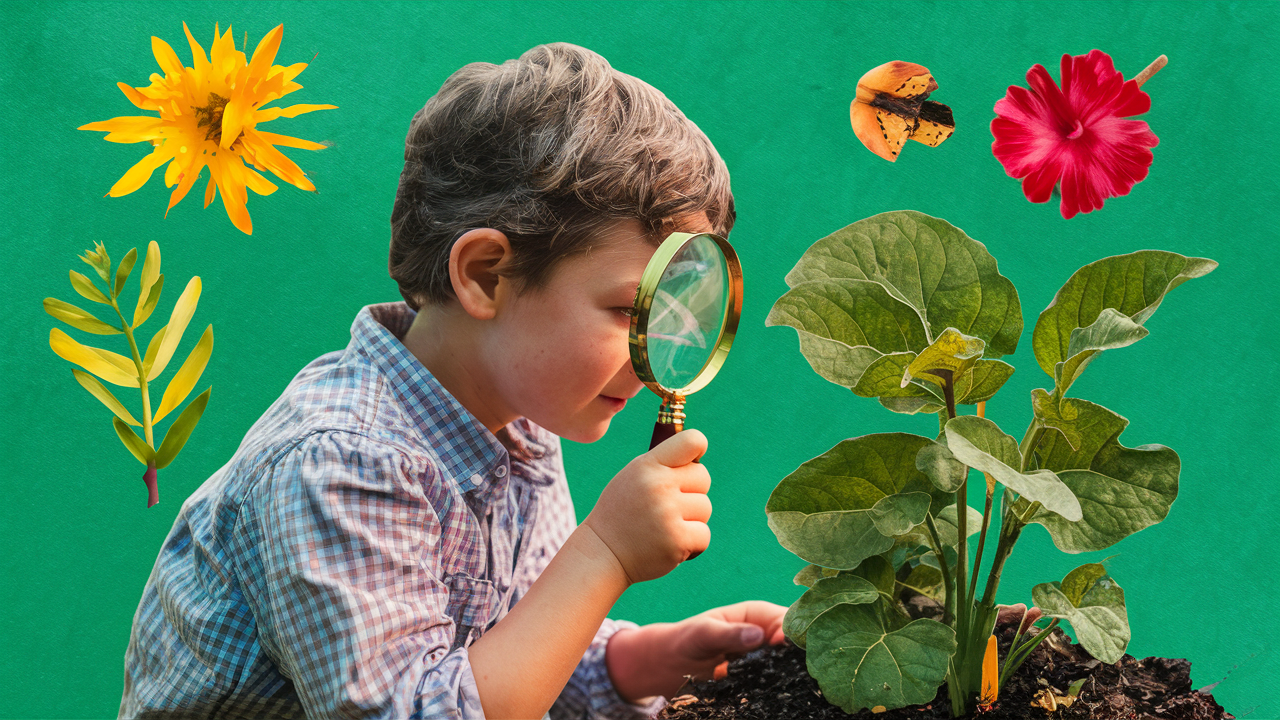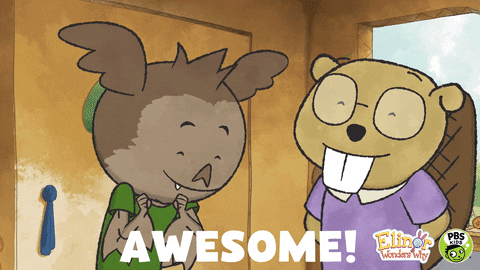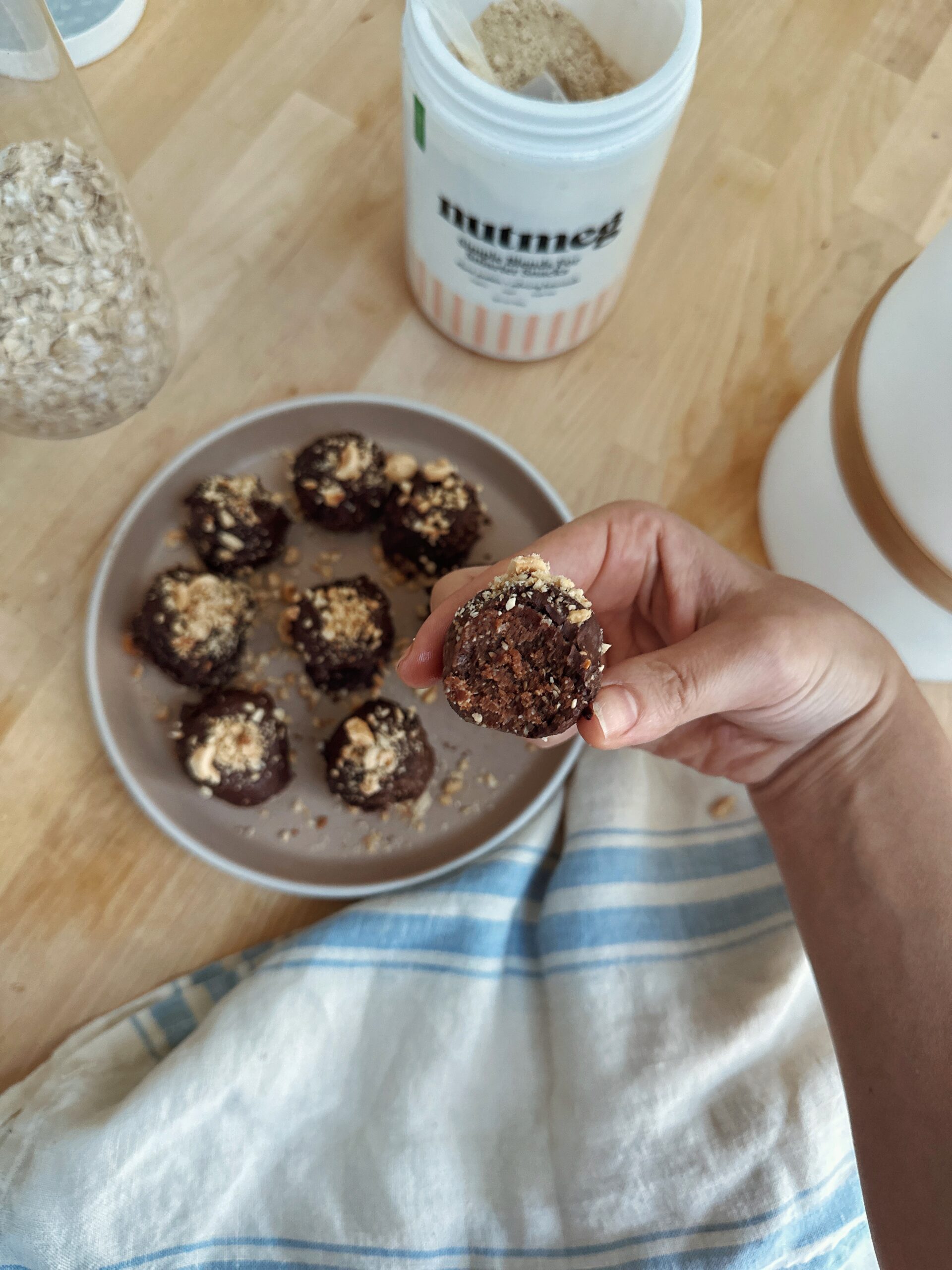
Don’t Squash the Spark! Nurturing a Child’s Natural Curiosity
Imagine a world where every question unlocks a doorway to exploration, and every misstep becomes a stepping stone to discovery. This inherent curiosity, a cornerstone of childhood, is the fuel that propels a love of learning. But in an age of regimented schedules and standardized tests, how can we nurture this precious spark?
Dr. Alison Gopnik, a developmental psychologist at the University of California, Berkeley, emphasizes the power of open-ended questions. Unlike questions with one right answer, open-ended prompts like « What do you think would happen if…? » ignite a child’s imagination and encourage them to form their own hypotheses. This, according to Dr. Gopnik, is crucial for developing critical thinking skills and a sense of agency in their own learning journey [Source: Gopnik A. The Philosophical Baby].
Pediatrician Dr. Maria Reyes echoes this sentiment, recounting her experience with a young patient fascinated by dinosaurs. Instead of simply providing facts, Dr. Reyes encouraged the child to research different species and imagine their behavior. This exploration, fueled by curiosity, led the child to delve deeper into biology and paleontology.
Beyond questions, fostering a love of learning requires creating stimulating environments. This doesn’t necessitate a complete overhaul of your living space. A simple « curiosity corner » with age-appropriate books, puzzles, and nature finds can spark endless exploration. Think beyond store-bought toys and embrace open-ended materials like blocks, play dough, and recycled objects that encourage creativity and problem-solving.
Technology can also be a powerful tool for igniting curiosity. Educational apps and virtual tours of museums can expose children to diverse topics and ignite a passion for further exploration. However, Dr. Reyes cautions against letting screen time overshadow real-world experiences.
The key lies in striking a balance. Take advantage of educational apps, but complement them with trips to the zoo, nature walks, and messy science experiments in the kitchen. Let your child be the guide, following their interests down rabbit holes of discovery.

Gone are the days of rote memorization and drill-and-kill worksheets. Today’s parents understand that fostering a love of learning goes far beyond academic achievement. It’s about igniting a child’s natural curiosity, nurturing a thirst for knowledge, and empowering them to become lifelong explorers.
The Power of Play and Exploration
Think back to your own childhood. What sparked your imagination? Chances are, it wasn’t a stuffy textbook but the freedom to explore, to tinker, and to ask endless questions. This innate curiosity is a precious gift, and it’s our job as parents to nurture it.
Let’s ditch the pressure cooker mentality and embrace the messy joy of discovery. Create a stimulating environment filled with age-appropriate books, puzzles, and open-ended toys that encourage creativity and problem-solving. Think beyond store-bought toys and embrace the potential of cardboard boxes, recycled materials, and everyday objects.
Learning Through Experience
Our children are natural scientists, constantly conducting experiments on the world around them. Every scraped knee teaches a valuable lesson about cause and effect. Every bug captured in a jar becomes an opportunity for exploration and wonder. Embrace these teachable moments, no matter how messy they get.
Respecting Individual Learning Styles
Remember, there’s no one-size-fits-all approach to learning. Some children thrive on hands-on activities, while others learn best through visual aids or repetition. Pay close attention to your child’s natural inclinations and tailor your approach accordingly.

The Magic of Curiosity
Children are inherently curious creatures. They bombard us with endless « why » questions, not because they’re annoying (well, maybe sometimes!), but because they’re genuinely fascinated by the world. Instead of stifling this curiosity, encourage it! Celebrate their questions, no matter how outlandish, and embark on a journey of discovery together.
Learning as a Shared Adventure
Learning shouldn’t be a solitary pursuit for our children. Make it a shared adventure! Read stories together, explore museums and nature walks, and engage in playful activities that spark their interest. Model your own curiosity, ask questions about the world around you, and let them see the joy that comes from lifelong learning.
By creating a nurturing environment that fosters curiosity, exploration, and play, we can empower our children to become passionate learners, ready to embrace the wonder and joy of discovery throughout their lives.
Here’s a Top 10 List of Open-Ended Prompts for Curious Kids: Spark Imagination at the Park!
The park: a wonderland of swings, slides, and endless possibilities for fun. But did you know it can also be a classroom for igniting your child’s imagination and fostering a love of learning? All it takes are a few open-ended questions!
These prompts go beyond « What color is that? » and encourage your child to think critically, form hypotheses, and explore the world around them with wonder. Get ready to transform a routine park visit into a captivating adventure!
Look up at the fluffy shapes in the sky and ask, « What kind of fantastical creatures do you think live up there? How do they spend their days? »
While pushing them on the swings, ask, « Imagine this swing could fly you anywhere! Where would you go and what amazing discoveries would you make? »
Spot a crawling or flying friend and say, « This little guy seems lost! Let’s be bug detectives and figure out where his home might be. How can we help him get there? »
Notice a group of birds chirping. « They seem to be talking! What do you think they’re saying to each other? »
Find a seed on the ground and ask, « Imagine this seed could grow into a magical plant. What kind of special things would it do? »
« If we could turn this playground into anything we wanted, what would it be? What cool features would it have? »
Observe other park-goers with their pets. « Let’s imagine there’s a pet Olympics! What funny competitions could these animals participate in? »
« This park has been here for a long time. Do you think it always looked like this? What might have been here before? »
Pretend there’s buried treasure in the park. « Let’s become explorers and use a treasure map (draw one together) to find it! »
« Imagine we’re park planners from the future! How can we make this park even more fun and exciting for everyone? »
So next time you head to the park, pack a bag of open-ended prompts alongside your snacks! You might be surprised by the incredible journey your child’s imagination takes you on.


